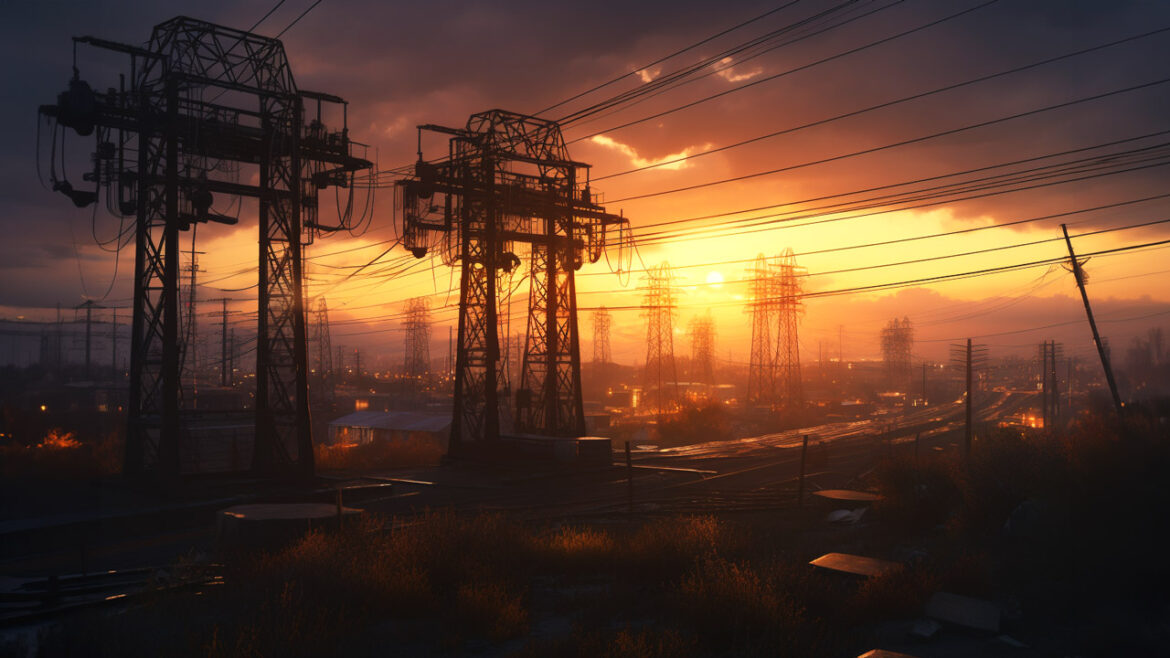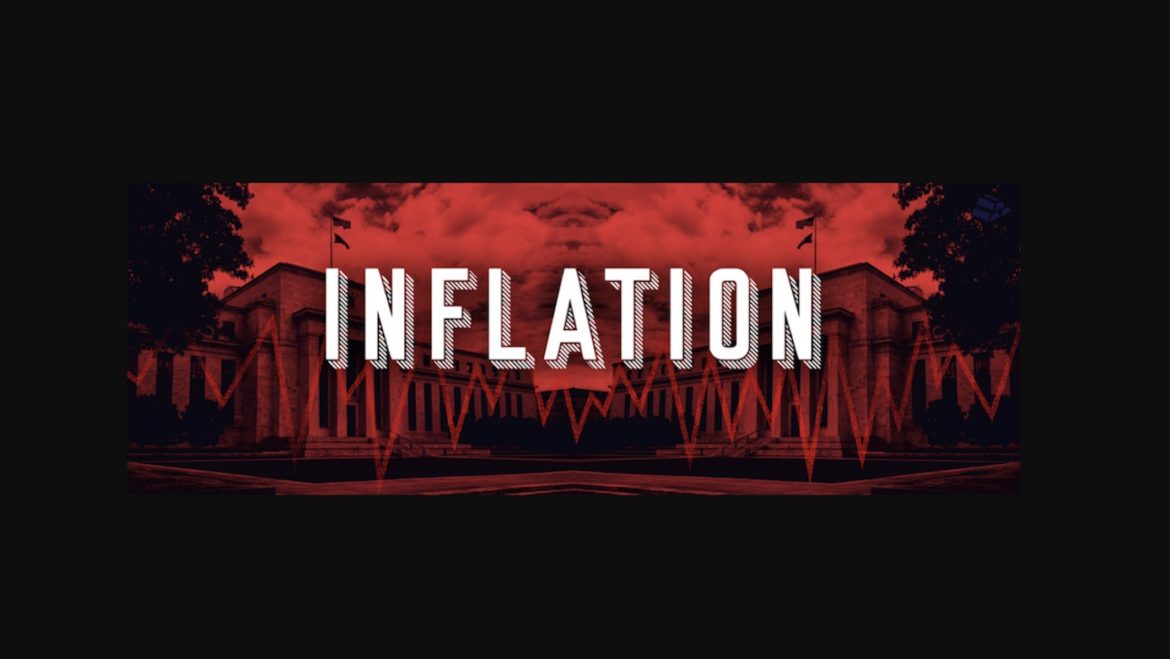Gold has all the potential to go unprecedentedly high. But silver will be gold on
Site:
Precious metals news
Along with its policy decision, the Fed will release a new Summary of Economic Projections, or SEP as it is known to investors. And within this SEP is the Fed's "Dot Plot," or outline of where Fed officials think interest rates will be at the end of the year and each of the next two.
Global shares edged higher and the dollar held near three-week lows on Wednesday as traders were all but certain that the U.S. Federal Reserve will refrain from hiking interest rates later in the session. That has crystallised traders' views that the Fed is unlikely to hike rates later on Wednesday.
The CPI rose in May by 0.12%. Energy accounted for -0.25% of the move. This means without the move in Energy, the CPI would have risen by 0.37% which annualizes to a rate of 4.5%. This shows that inflation is still quite problematic.
How much is the inflation tax costing you?Based on calculations by public finance economist EJ Antoni, around $7,200 since January 2021 for the average family.
The Consumer Price Index (CPI) increased by the smallest annual amount in more than two years in May.This means the inflation fight is over and inflation lost, right?Not so fast.
According to several sources, Global Solar PV Demand could double by 2025. This is certainly big news, as the World Silver Survey reported that solar power silver consumption jumped by 30 million oz, last year alone. What happens to the silver market if global solar power doubles in a few years..
Jun 13, 2023 - 14:01:51 PDT
Speaking today, US Treasury Secretary Janet Yellen said that there should be an expectation of a slow decline in the US dollar as a reserve currency. Moreover, the statements arrive amidst international de-dollarization efforts employed by a host of countries, including the BRICS economic bloc.
Central banks generally know more about what is going on behind the scenes in the global monetary system than anyone. If they’re hoarding gold, maybe you should too. There’s still time to get on the BRICS+ bandwagon.
The point of describing the recent increase in demand for physical gold is that it supports the case I made for a potential bottom to the recent pullback/correction in gold and silver prices. As well, the enormous demand for physical gold and silver could be the fuel for the next cyclical bull move higher in the precious metals sector.
Indians will probably sell a record amount of used gold jewelry this year to take advantage of a surge in domestic prices of the precious metal, according to the World Gold Council.
 A Property Developer in China Said It Would Give a Gold Bar to Anyone Who Buys a Home It Builds
A Property Developer in China Said It Would Give a Gold Bar to Anyone Who Buys a Home It BuildsJun 13, 2023 - 13:00:09 PDT
The developer is offering 2.2 pounds of gold for the purchase of a 1,000-square-foot apartment.
 Fed Rate Futures Now Show a 100% Chance of No Interest Rate Hike at Tomorrow’s Fed Meeting: Kobeissi
Fed Rate Futures Now Show a 100% Chance of No Interest Rate Hike at Tomorrow’s Fed Meeting: KobeissiJun 13, 2023 - 12:45:48 PDT
However, there is still a 65% chance of a 25 bps interest rate hike in July. Only 1 interest rate CUT is currently expected for the entire 2023.
Here's a headline that caught my eye this morning: "U.S. stocks are rising after cooler-than-expected inflation data." Let's tune into the BLS Report for the details.
 Billionaire Ray Dalio Issues Warning About Rise Of China, Why He Thinks U.S. Is On The Brink Of War
Billionaire Ray Dalio Issues Warning About Rise Of China, Why He Thinks U.S. Is On The Brink Of WarJun 13, 2023 - 11:07:41 PDT
Forbes: Billionaire Ray Dalio, the retired founder of hedge fund Bridgewater Associates, attributes much of his investing success to his study of history, and he sees concerning trends that could spell the decline of the American-led world order that in his view has been in place since the end of World War II.
Economic analysis from the real estate advisory CBRE finds that community banks are particularly imperiled by their exposure to commercial real estate loans. Others see looming risks in indirect lending.
Germany has two major problems, an aging workforce and deindustrialization. Both will impact the EU for a long time.
From June 22 to 23, 2023, the Summit for a « New Global Financial Pact » will be held in Paris following the wishes of the President of the Republic Emmanuel Macron, shared during the COP27 in Egypt. During this Summit, the issues at stake are the repercussions of the multiple climate, energy, health and economic crises, particularly in the most vulnerable countries. The financing needed to address these crises will also be central to the event’s programme.
The outlook for risk assets such as stocks and commodities is materially improving as excess liquidity continues to rise.
Struggling with rampant homelessness, a drug crisis, surging crime and several business closures, San Francisco is no longer the thriving city it used to be. Its decline in recent months has led some to say the city "is dying"—especially as its citizens move elsewhere. A quarter of a million people have reportedly fled the Bay Area since the beginning of 2020.
Jun 13, 2023 - 07:26:46 PDT
Default rate of mall CMBS rose to 7%. Simon Property Group, largest mall landlord, walked from malls for years. Tens of thousands of stores closed. Ecommerce is killing them one by one, not San Francisco.











